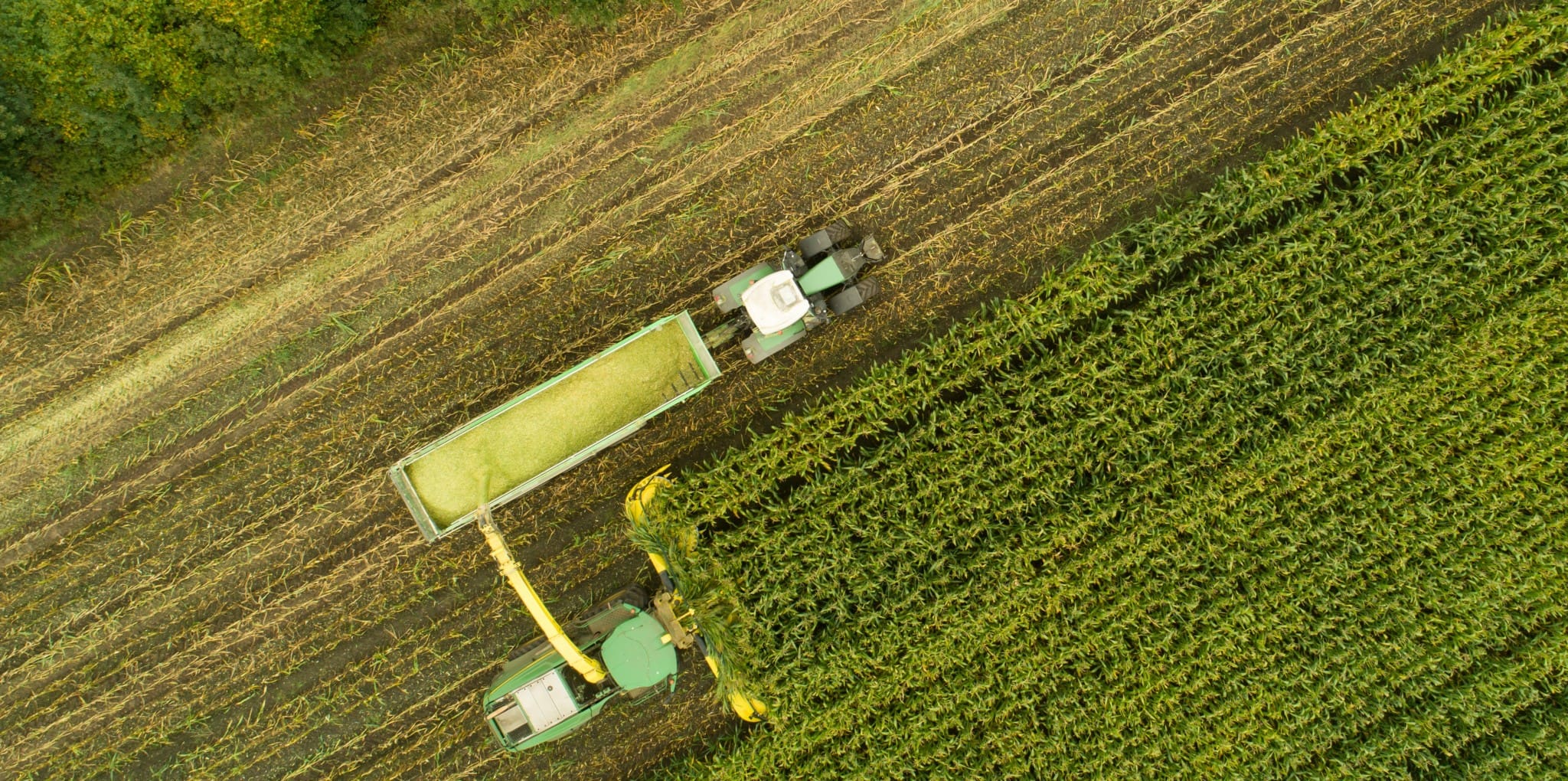A knock-on effect on European consumers of the crisis unfolding in Ukraine is the now short supply of products such as flour and sunflower oil on German supermarket shelves.
While energy has become noticeably more expensive and reached previously unimaginable heights, another key consequence of the Russian invasion of Ukraine has been seen on the world market for necessities such as wheat and maize.
Ukraine is a crucial exporter of agricultural products and the country covers 11.5 percent of wheat exports and 17 percent of maize exports globally.
[pp id=34554]
However, the question then becomes, what can German agriculture do to mitigate this crisis. Environmental protection measures as well as restrictions on the application of fertilizer have placed burden’s on the country’s agricultural sector, which means the country can export less and has to import more.
On the other hand, the productivity of agricultural land has increased massively in the past few decades. In the 1950s, 2.6 tons of wheat was produced per hectare of cultivated land — today, the national average is 8.1 tons in the same area.
Nevertheless, the increase in productivity is currently stagnating, and the technical possibilities for further increasing yields seem to have been exhausted for the time being. The population has increased from 69.5 million in 1950 to 83 million in 2020, which has subsequently increased the demand for agricultural products. Productivity may have initially increased, but this is offset by a sharp decline in agricultural land. Between 1992 and 2021 alone, the farming area in Germany fell by around 1.45 million hectares. That corresponds to a reduction from 54.8 to 50.6 percent. Figuratively speaking, this is roughly the area of the German state of Schleswig-Holstein, the Junge Freiheit news outlet has reported.
In the same period, the degree of self-sufficiency in the federal republic of all food produced fell from 98 to 88 percent. The scale shows how much domestic agriculture can meet the population’s needs. Nature conservation and compensation measures are not the primary reasons for the constant loss of land, but the expansion of settlement and traffic areas or renewable energies and infrastructure are.
Germany is a net importer of agricultural products
Today, the daily loss of agricultural land is around 52 hectares per day — that corresponds to almost 73 soccer fields. The Federal Government’s unambitious “German Sustainability Strategy” envisages reducing the daily loss of land to 30 hectares by 2030. Compared to the growing global demand for agricultural products, this value is set too low. With a degree of self-sufficiency of 144 percent, the state can still cover the demand for potatoes, corn, and grain, however, this figure is 19.9 and 37 percent for fruit and vegetables.
[pp id=32996]
Except for the potato, the production of arable crops over the German population’s requirements is significantly low, especially given unforeseen events. The drought summers of 2018 and 2019 provided a lesson in Germany’s limitations when grain production fell by 10 percent.
Germany is already a net importer of agricultural products — imports, therefore, exceed exports. Currently, the difference between the import and export of products is €14 billion. That is already €4 billion more than in 2010.
From 2023 there is a risk of further tightening
The situation will probably worsen further from 2023 onwards. The EU’s Common Agricultural Policy (CAP) reform prescribes a 4 percent flat rate set aside. The only exceptions to this are small farms which cover an area of fewer than 10 hectares. Smaller farms of that size only account for around 2 percent of agricultural land in Germany and therefore this figure is not significant.
Even without unforeseen damaging events, the supply of the Federal Republic could no longer be guaranteed to a large extent by German agriculture alone. Dependence on agricultural imports will increase as a result.
The constantly growing world population and an increase in extreme weather conditions make arable farming increasingly difficult in many parts of the world, and thus the daily loss of agricultural land must be reduced as quickly as possible. Germany has excellent arable land and climatic conditions that ensure high-yield harvests. However, a rising population and efforts to reduce Germany’s farm land present significant risks going into the future.






